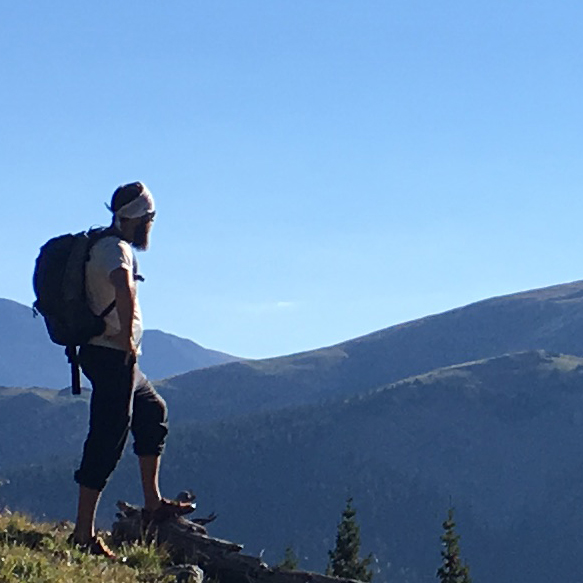“First move well, then move often.”
Gray Cook, founder of the Functional Movement System
Gray Cook, founder of the Functional Movement System, says “first move well, then move often.” But for many, this occurs in the opposite order.
When movement volume is prioritized over movement quality, it can lead to injuries and pain which may delay or even completely block one’s path to success. We like to say, “don’t count the repetitions, make the repetitions count.”
Teaching our clients to move well is paramount at Veritas. Quality of motion is the most important aspect of any training program and is equally essential for daily living. It’s not only important that we move well in the gym, we must learn to practice the principles of movement outside of the gym as well as in our day to day tasks. It doesn’t matter where you are, movement always matters.
When we move effectively whether in the gym or at home, we minimize stresses on our joints and soft tissues which decreases the risk of injury and increases our longevity.
For these reasons, every Veritas client is taught proper body mechanics and basic soft tissue and mobility techniques that will help them to move and function at a higher level.
Breathe
Believe it or not, most of us breathe incorrectly, not only during exercise, but in our daily routines. Proper breathing is the foundation of stability, and without it we move poorly. Learning to breathe appropriately has resounding positive effects on movement and overall health. That’s why we give it top priority in our training at Veritas.
Stabilize
Learning to properly stabilize and align your body during exercise is a vital step towards moving better. This is a skill that we don’t routinely need to employ due to the convenience of our modern lives—therefore, it’s often lacking or even lost. A Veritas program will help you learn to authentically balance and stabilize yourself so you can unlock more of your potential.
mobilize
Recreating lost ranges of motion and increasing mobility is an important part of proper movement. Mobility restrictions cause us to move unauthentically and compromise our motion patterns, which can lead to injury, pain, and decreased force production. For instance: loss of hip mobility can cause back pain during squats and lunges, and puts you at greater risk of injury. We’ll help you find those points of compromise so you can extend your capabilities beyond your current limitations.



